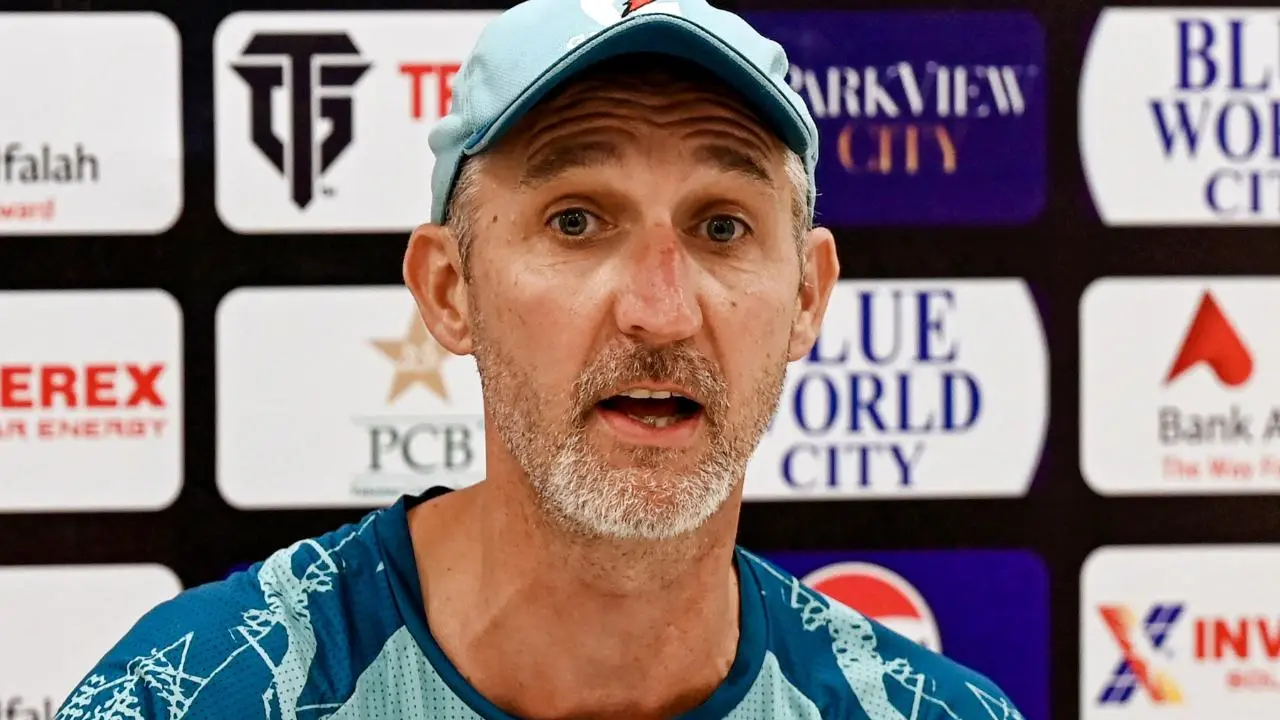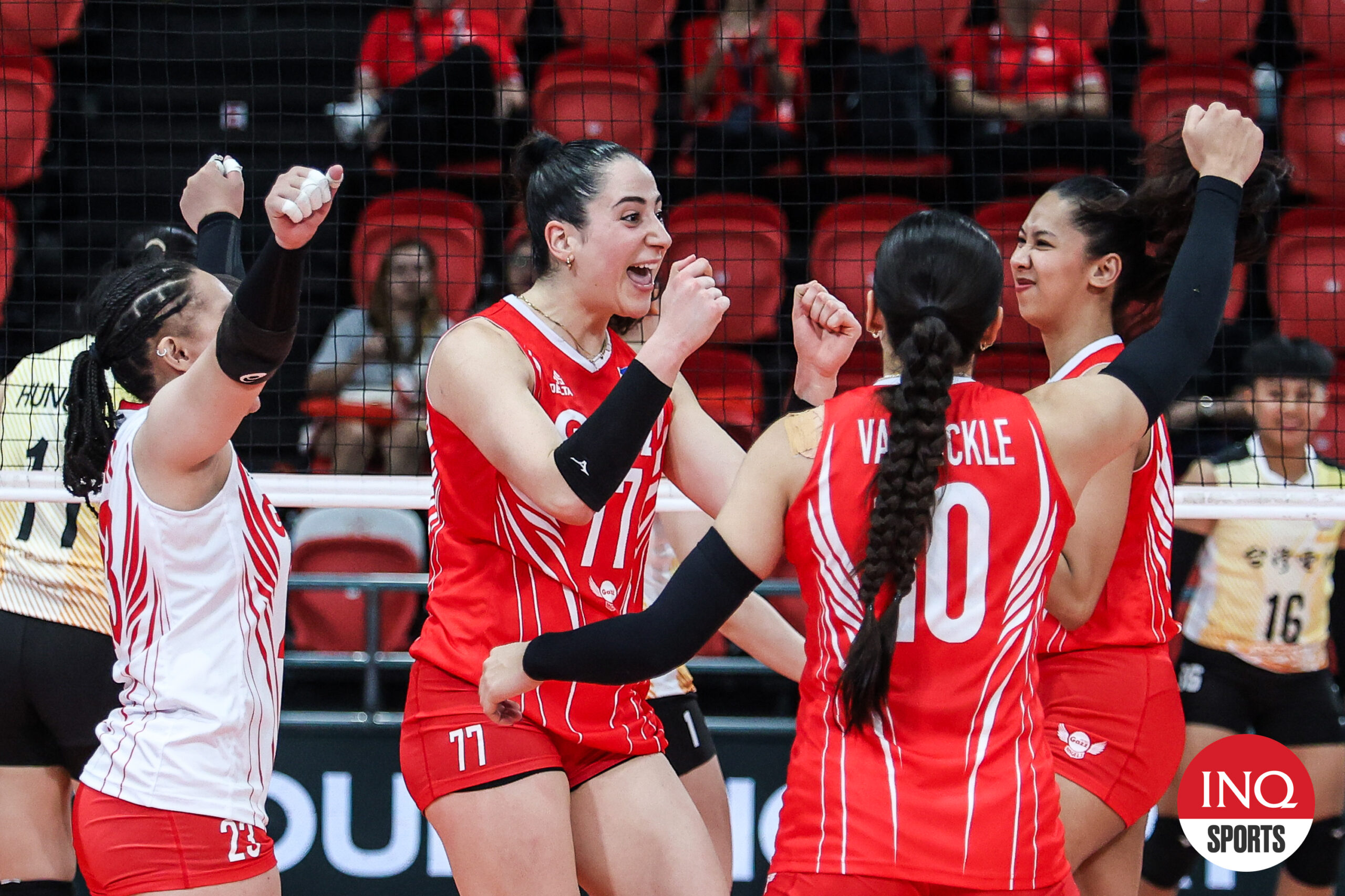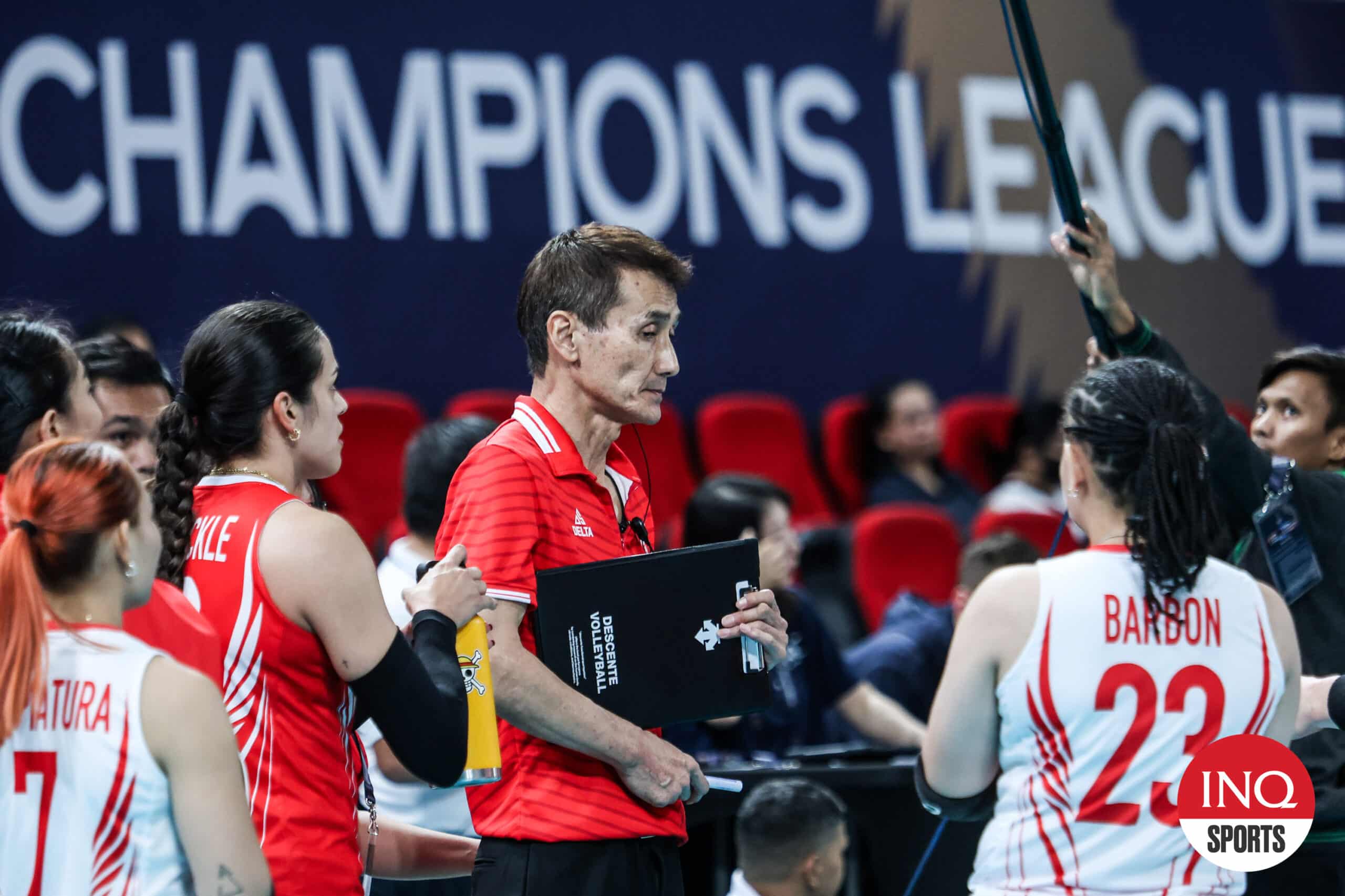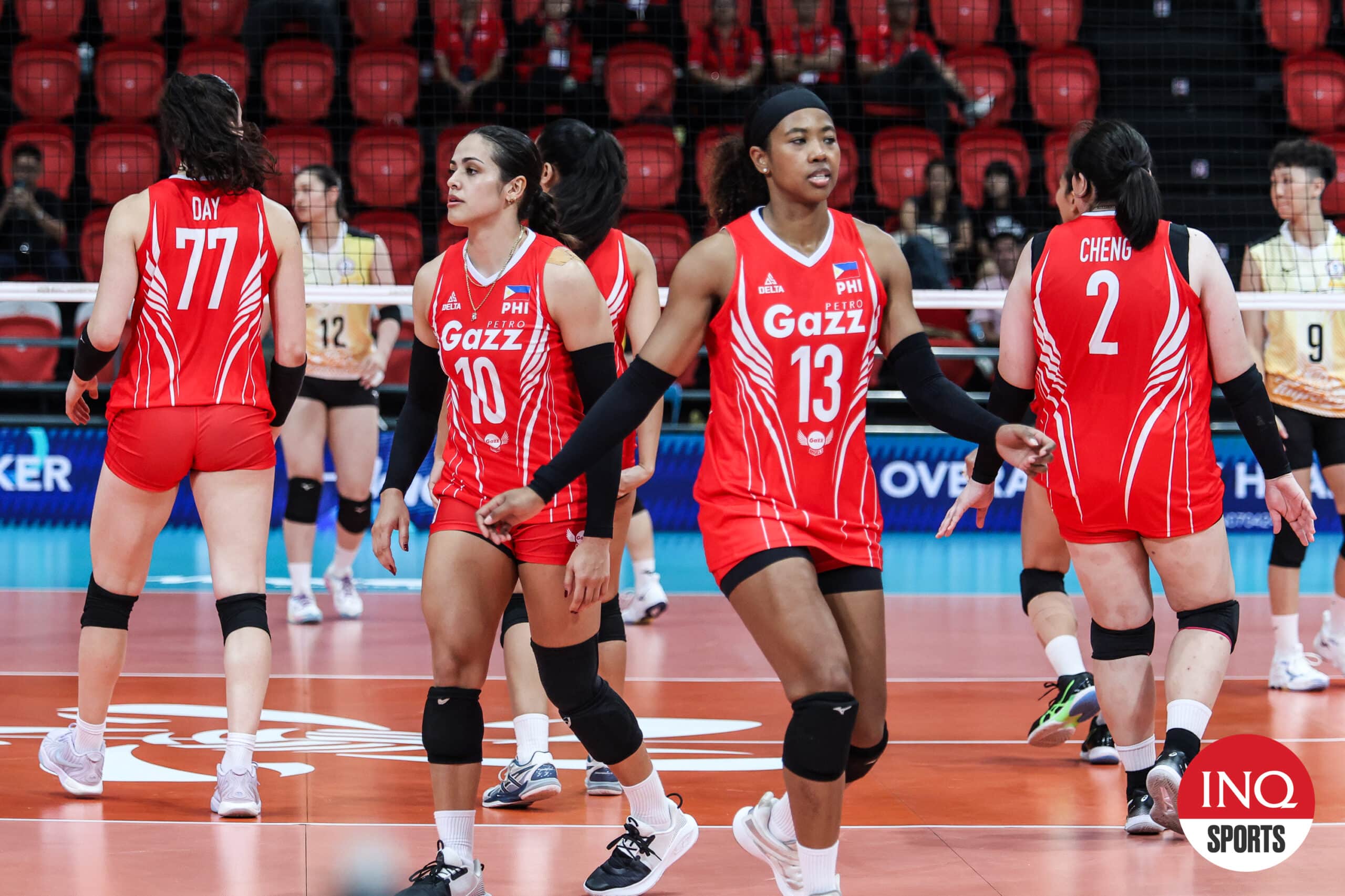As the Toronto Maple Leafs approach the NHL playoffs, the perennial question once again rears its head: Will this time be different? The team’s lack of success in the postseason is extraordinarily well-documented. Once again, Toronto will enter the battle for the Stanley Cup with the same top-heavy structure from both a talent and salary perspective. Advertisement In 2024-25, the Maple Leafs can point to a few possible differences between this year’s group and the others that couldn’t get it done in the Core Four era.
The first is a new coach in Craig Berube, who has his team playing a meat-and-potatoes style that will supposedly fit well in a playoff setting. Berube’s Stanley Cup ring gives him the benefit of the doubt, but his team ranks 27th in shot-attempt rate since Jan. 1 and their style of play deserves some scrutiny.

Another reason this season could be different is Toronto’s goaltending . There’s a talent upgrade there, but they’re also two goaltenders with injury histories, neither of whom have ever topped 40 regular-season games or made more than two starts in a playoff run. What we’re going to look at here is a third possibility: the idea that Matthew Knies and Bobby McMann are secondary difference-makers outside the Core Four in a way others haven’t been.
How do they stack up against the supporting cast from past Leafs teams? What makes Knies and McMann special? The first thing is goal scoring, as Knies has more goals (29) than any non-Core Four Maple Leafs forward since 2017-18 and McMann has added 20 of his own. Since 2018-19, the Maple Leafs have scored just 2.59 goals per game in the playoffs — a total that would rank 30th in the league this regular season.
A successful playoff run will require some scoring punch, and these two can provide it. Knies and McMann have also shown to be stellar complements alongside Auston Matthews, Mitch Marner, William Nylander and John Tavares on the top two lines. McMann’s linemates, in particular, have had far more success with him than they’ve managed without him.
He’s spent time further down in the lineup, like he did on Wednesday, but his best work has come on the second line. Beyond five-on-five play, Knies has become a potent net-front presence on PP1 and a regular penalty killer. McMann hasn’t made a significant special-teams impact, but his three power-play goals are tops among PP2 stalwarts.
This is all impressive stuff, but to understand if Knies and McMann are a cut above similar Toronto forwards of this era, we need to compare them to the top non-Core Four points producers of the past six seasons. 2018-19: Nazem Kadri and Kasperi Kapanen In most cases, there’s a bit of both here, but Kadri and Kapanen are better representations of quality bottom-six players than guys who helped the top dogs elevate their play. Kadri did what he was supposed to do as the team’s third-line centre, providing credible offensive numbers (0.
60 points per game) and palatable possession metrics (49.55 percent xG) with fair neutral usage (51.6 percent offensive-zone start rate).
Advertisement Kapanen spent a fair amount of time alongside Auston Matthews at five-on-five (519:19) — and Matthews had slightly better possession metrics with the speedster than without — but his most common linemate was Patrick Marleau, and the Finn skated less than 100 minutes with any other Core Four member. There’s a solid case that Kadri and Kapanen provided more value than the 2024-25 duo. While they produced slightly less, particularly on the goal front, having Kadri centre the third line was a game-changer from a matchup perspective and like Knies, he was a staple on PP1.
He wasn’t driving the bus there by any means, but he ranked fifth on the team in power-play points (13). Kapanen, on the other hand, contributed outside of his raw offensive production with penalty killing. He ranked third among Maple Leafs forwards in PK time, led the team in short-handed goals (2), and his on-ice goals against/60 (6.
22) was notably better than the team average (7.30). Where Toronto can reasonably hope to get more from Knies and McMann is in the playoffs.
Kadri was suspended for a cross-check in Game 2 against the Boston Bruins, which removed him from the series, while Kapanen scored two points in seven games. 2019-20: Zach Hyman and Kasperi Kapanen Hyman spent more time with Matthews and Marner than anyone else and didn’t play more than 100 minutes with a non-Core Four forward. He was always a stylistic fit for that duo, but notably, their on-ice numbers without him were better in most major categories, particularly expected goal rate (65.
95 percent vs. 56.08 percent).
Kapanen was a bottom-six presence who spent more time alongside Alex Kerfoot and Jason Spezza than any other forward. Their goal and point production on a per-game basis (0.28 and 0.
61) are in the ballpark of the 2024-25 duo (0.34 and 0.60), but it’s tough to see where they’d have an edge.
Advertisement Neither did much on the power play, and while they ranked second and third among the team’s forwards in penalty-killing time, that iteration of the Maple Leafs ranked 21st in the NHL in PK success rate. In the playoffs, they produced five points combined, with a minus-3 rating, and only scored twice on 32 shots. 2020-21: Zach Hyman and Jason Spezza Once again, Hyman spent the year more or less glued to Matthews and Marner, but this time they performed better with the scrappy winger alongside them.
The trio had an impressive 72.41 percent goal share and earned 62.93 percent of expected goals — better than the star duo did without Hyman (65.
12 percent GF and 59.93 percent xGF). Spezza worked further down the lineup, logging just 11:02 per night but making it count.
He ranked first on the team in five-on-five points/60, with his 3.08 mark edging out Marner (3.06) and Matthews (3.
03). This one is tricky because Hyman produced at a similar clip to Knies and had an additive contribution to the top line, while Spezza was a bit of a unicorn. During the 2020-21 season, there wasn’t a single other player who played at least 40 games and scored more than two points per 60 minutes while skating fewer than 10 five-on-five minutes per night.
Spezza’s 3.08 number was incredible within his limited scope. You could argue Spezza’s offensive efficiency made him extremely impactful, but his all-around impact was hamstrung by how little he played.
At the age of 37, he was in a perfect role that probably wasn’t scalable. Considering neither player was a special-teams standout and Spezza’s contributions were so narrow, we’d take Knies and McMann. 2021-22: Michael Bunting and Alex Kerfoot This is the closest analog to the current pairing, as Bunting spent the vast majority of his time with Matthews and Marner while Kerfoot was primarily on the left of Tavares and Nylander.
How much they elevated the top-six is open to some interpretation. In both cases, the star forwards posted slightly better possession metrics without them, but better overall results with them. Advertisement In five-on-five minutes, where the Maple Leafs had either Matthews-Marner and no Bunting or Tavares-Nylander and no Kerfoot, they were outscored 27-16.
Their top two complete lines outscored opponents 78-51. The second line was a disappointment with Kerfoot, though, with a 50 percent goal share and 52.06 percent expected-goals rate.
The point totals here are the best on the list, but Bunting and Kerfoot did more setting up superstars than finishing plays. Bunting in particular seemed to benefit from his linemates’ efficiency in filling the net. Of his 40 assists, 29 were to Matthews or Marner, whose shots went in 16.
7 percent of the time. In 2024-25, that number sits at 13.3 percent, making it harder for Knies to post similar numbers.
Neither Bunting nor Kerfoot played a meaningful power-play role, but the latter gets some credit for his penalty-killing work. He was third among Toronto forwards in penalty-killing ice time on a unit that ranked eighth in the NHL. On points alone, this is the best duo, but Bunting’s production had a passenger quality and Kerfoot couldn’t do more alongside Tavares and Nylander than stalemate opponents.
2022-23: Michael Bunting and Calle Järnkrok Bunting reprised his role on the top line alongside Matthews, although he spent more time with Nylander than Marner. To the left winger’s credit, all three of Matthews, Nylander and Marner had better five-on-five goal and expected-goals rates with him than without. Järnkrok played with Tavares and Marner more than any other forwards, but also spent at least 180 minutes of five-on-five time with Kerfoot and Pierre Engvall.
The Swede didn’t seem to boost the second line he played on as Tavares and Marner outscored opponents 21-8 without him and just 10-8 with him. Advertisement The production here is very similar to the 2024-25 pair, with fewer games missed. That can be interpreted as better durability or worse per-minute production.
The special teams impact was fairly muted, with Järnkrok ranking fourth among forwards in PK ice time while Bunting was fifth in PP minutes. Järnkrok’s only 20-goal season makes this interesting, but he’s more of a Swiss-Army knife than a needle mover, and Bunting’s second-best season with the Maple Leafs doesn’t equal what Knies is doing now. 2023-24: Max Domi and Tyler Bertuzzi For much of the season, Bertuzzi helped the Maple Leafs’ second line consistently win battles, sustain pressure and dominate territorially (59.
00 percent xGF), which is something Tavares and Nylander failed to do without him (51.10 percent xGF). Later on, Bertuzzi and Domi joined forces with a red-hot Matthews to form a sizzling unit that produced a 67.
71 percent expected goals rate and outshot opponents 104-59. While Bertuzzi spent most of his time with the Core Four, Domi was primarily deployed in the bottom six, where his scoring efficiency was stellar. The versatile forward ranked eighth among all players with at least 40 games played in points/60 at five-on-five (2.
73). Considering the solid point total, Domi’s success on a per-minute basis and the way Bertuzzi improved Toronto’s second line, there’s a case here. Bertuzzi is probably best conceptualized as a more productive player than McMann, who moved between the first and second line rather than the second and third, but the Knies-Domi difference is enough to have us leaning towards the current pair.
As good as Domi’s production was, there’s a lot of secondary assists juicing his numbers, and the way third lines centred by him are cautiously deployed affects the rest of the roster, either overloading the Matthews line with defensive draws or forcing the fourth unit to carry a larger defensive load. What’s the bottom line? There’s a level of subjectivity involved in answering a question like this, but Knies and McMann are likely the most effective two forwards to support the Core Four in recent years. But even if they are, that’s not a status they hold by a significant margin.
The most important question about any Maple Leafs player in recent history is ‘what are they going to do in the playoffs?’and that may be where Knies and McMann separate themselves from the pack. Advertisement None of the players above (outside of Spezza in 2020-21) made a meaningful mark in the postseason, and perhaps this pair of power forwards will be different. While Bunting and to some extent Domi were agitators, Knies and McMann bring a legitimate physical presence.
The two wingers have combined for 306 hits with four games remaining in the regular season. The largest total by any other duo listed above is 177 (Kadri and Kapanen in 2018-19). Knies and McMann might just excel in the tighter spaces playoff hockey tends to provide.
Their style could translate better than guys like Kerfoot and Kapanen, for instance. That’s a credible theory, but it’s just a theory. The facts available to us suggest the Maple Leafs may have better secondary options outside the Core Four than in past seasons, but not by enough to suggest it will necessarily drive a different outcome.
(Top photo of Matthew Knies, Auston Matthews and Bobby McMann: Thomas Skrlj / NHLI via Getty Images).
Sports

Leafs' secondary scoring threats: Are Knies and McMann the best of the Core 4 era?

How do Matthew Knies and Bobby McMann stack up against the supporting cast from past Leafs teams?















